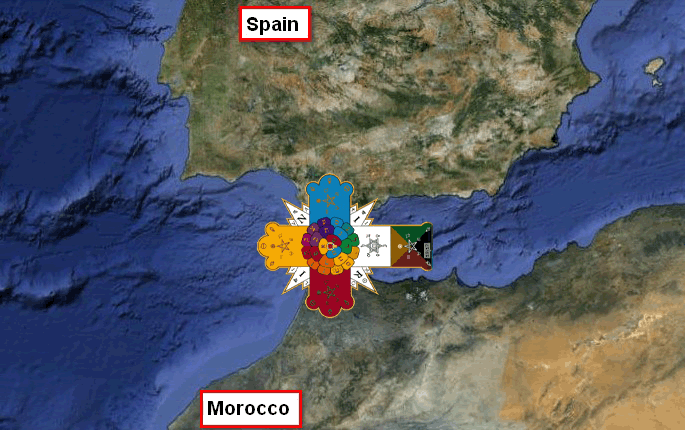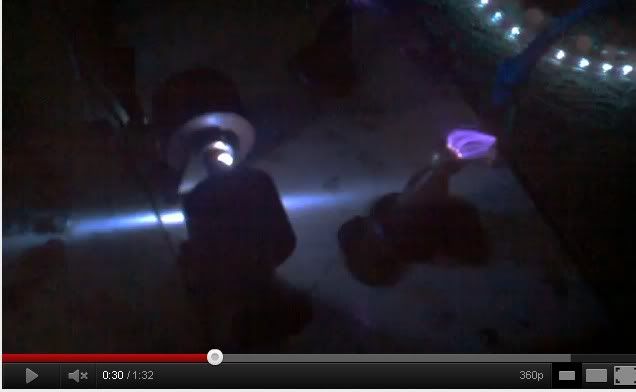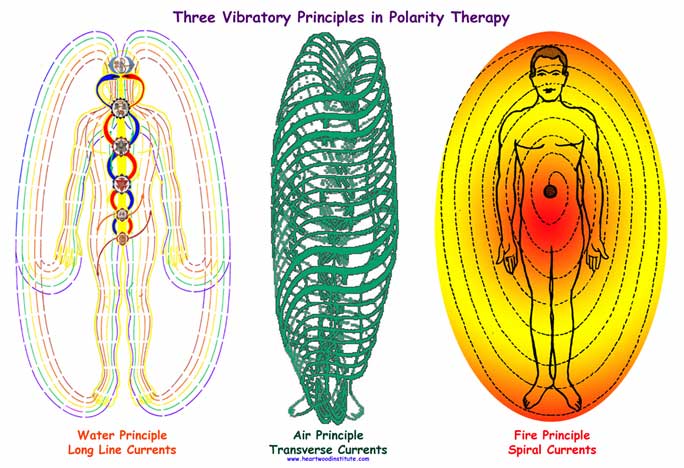The Pioneer Plaque: 
Pioneer plaque - Wikipedia, the free encyclopedia

.svg/553px-Flag_of_Morocco_(construction).svg.png)




Pioneer plaque - Wikipedia, the free encyclopedia
History
The original idea, that the Pioneer spacecraft should carry a message from humankind, was first mentioned by Eric Burgess when he visited the Jet Propulsion Laboratory in Pasadena, California, during the Mariner 9 mission. He approached Carl Sagan, who had lectured about communication with extraterrestrial intelligences at a conference in Crimea.
Sagan was enthusiastic about the idea of sending a message with the Pioneer spacecraft. NASA agreed to the plan and gave him three weeks to prepare a message. Together with Frank Drake he designed the plaque, and the artwork was prepared by Sagan's then-wife Linda Salzman Sagan.
Both plaques were manufactured at Precision Engravers, San Carlos, California.
The first plaque was launched with Pioneer 10 on March 2, 1972, and the second followed with Pioneer 11 on April 5, 1973.
The actual plaque
[edit]
Physical properties
Material: 6061 T6 gold-anodized aluminum
Width: 229 mm (9 inches)
Height: 152 mm (6 inches)
Thickness: 1.27 mm (0.05 inches)
Mean depth of engraving: 0.381 millimetres (381 µm) (0.015 inches)
Mass: approx. 0.120 kilograms (120 g) (4.2 oz)
The original idea, that the Pioneer spacecraft should carry a message from humankind, was first mentioned by Eric Burgess when he visited the Jet Propulsion Laboratory in Pasadena, California, during the Mariner 9 mission. He approached Carl Sagan, who had lectured about communication with extraterrestrial intelligences at a conference in Crimea.
Sagan was enthusiastic about the idea of sending a message with the Pioneer spacecraft. NASA agreed to the plan and gave him three weeks to prepare a message. Together with Frank Drake he designed the plaque, and the artwork was prepared by Sagan's then-wife Linda Salzman Sagan.
Both plaques were manufactured at Precision Engravers, San Carlos, California.
The first plaque was launched with Pioneer 10 on March 2, 1972, and the second followed with Pioneer 11 on April 5, 1973.
The actual plaque
[edit]
Physical properties
Material: 6061 T6 gold-anodized aluminum
Width: 229 mm (9 inches)
Height: 152 mm (6 inches)
Thickness: 1.27 mm (0.05 inches)
Mean depth of engraving: 0.381 millimetres (381 µm) (0.015 inches)
Mass: approx. 0.120 kilograms (120 g) (4.2 oz)
The Pioneer plaques are a pair of gold-anodized aluminium plaques which were placed on board the 1972 Pioneer 10 and 1973 Pioneer 11 spacecraft, featuring a pictorial message, in case either Pioneer 10 or 11 are intercepted by extraterrestrial life. The plaques show the nude figures of a human male and female along with several symbols that are designed to provide information about the origin of the spacecraft.[1]
The Pioneer spacecraft were the first human-built objects to leave the Solar System. The plaques were attached to the spacecraft's antenna support struts in a position that would shield them from erosion by stellar dust.
The Pioneer spacecraft were the first human-built objects to leave the Solar System. The plaques were attached to the spacecraft's antenna support struts in a position that would shield them from erosion by stellar dust.

.svg/553px-Flag_of_Morocco_(construction).svg.png)





 let's see if we can find a pattern
let's see if we can find a pattern 



 )
)












 ..
..

Comment